Running Gait Analysis
Personal Training
Sports Rehabilitation
Post-Surgical Rehabilitation
Running Gait Analysis
Functional Movement Screen (FMS)
Dry Needling
Online Programs
Explore below!
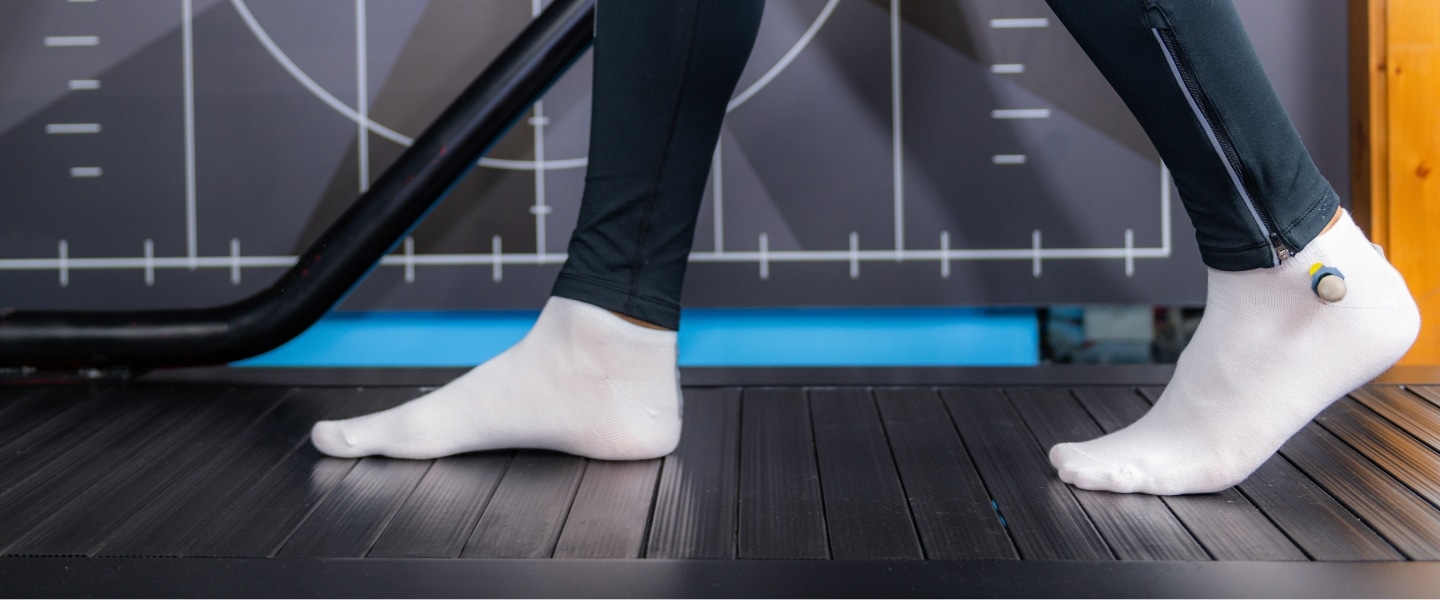
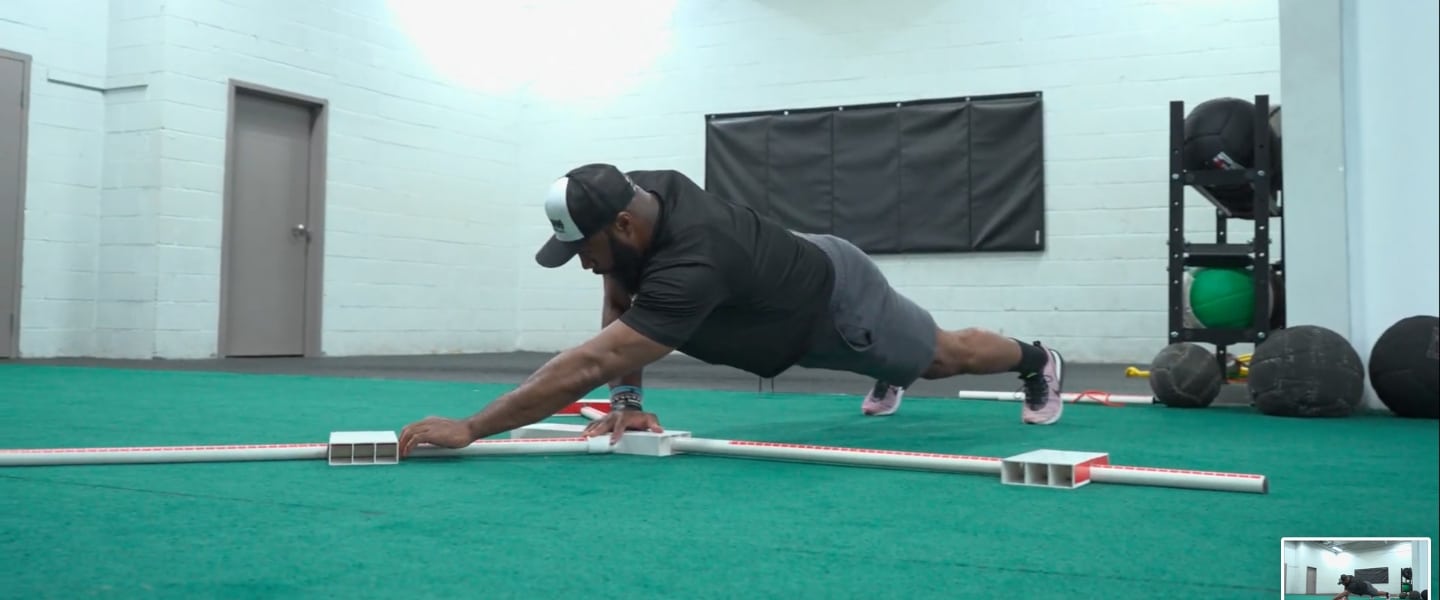
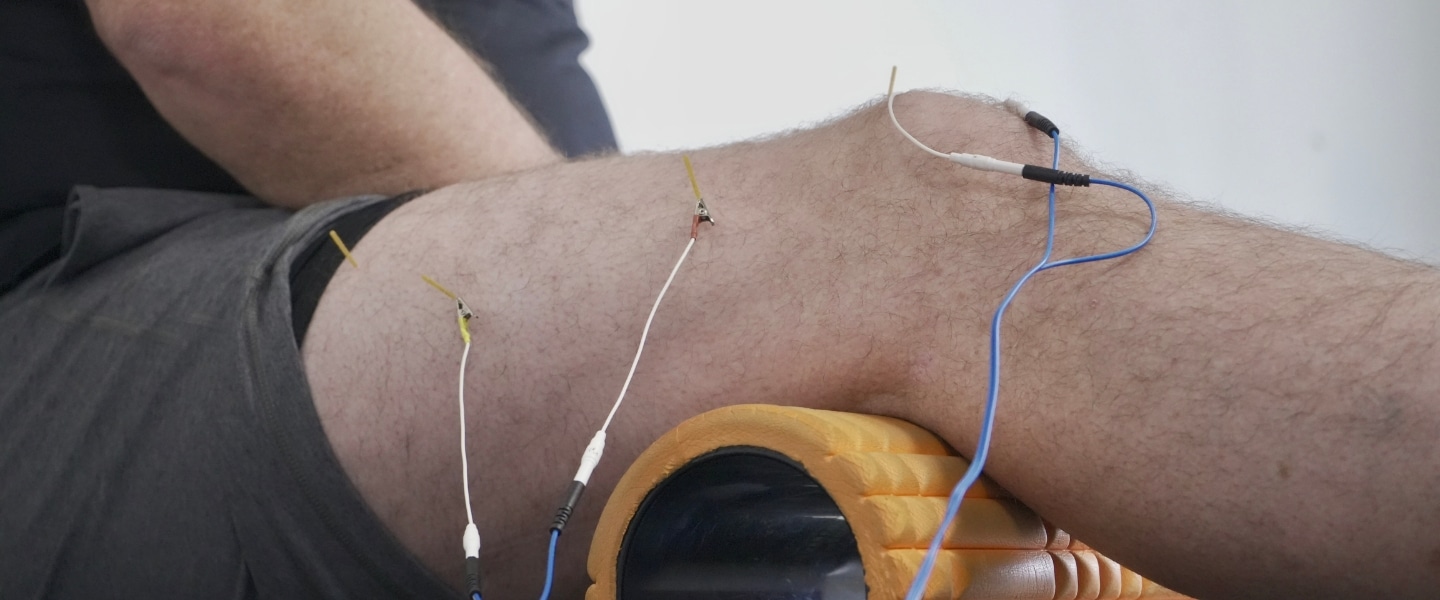
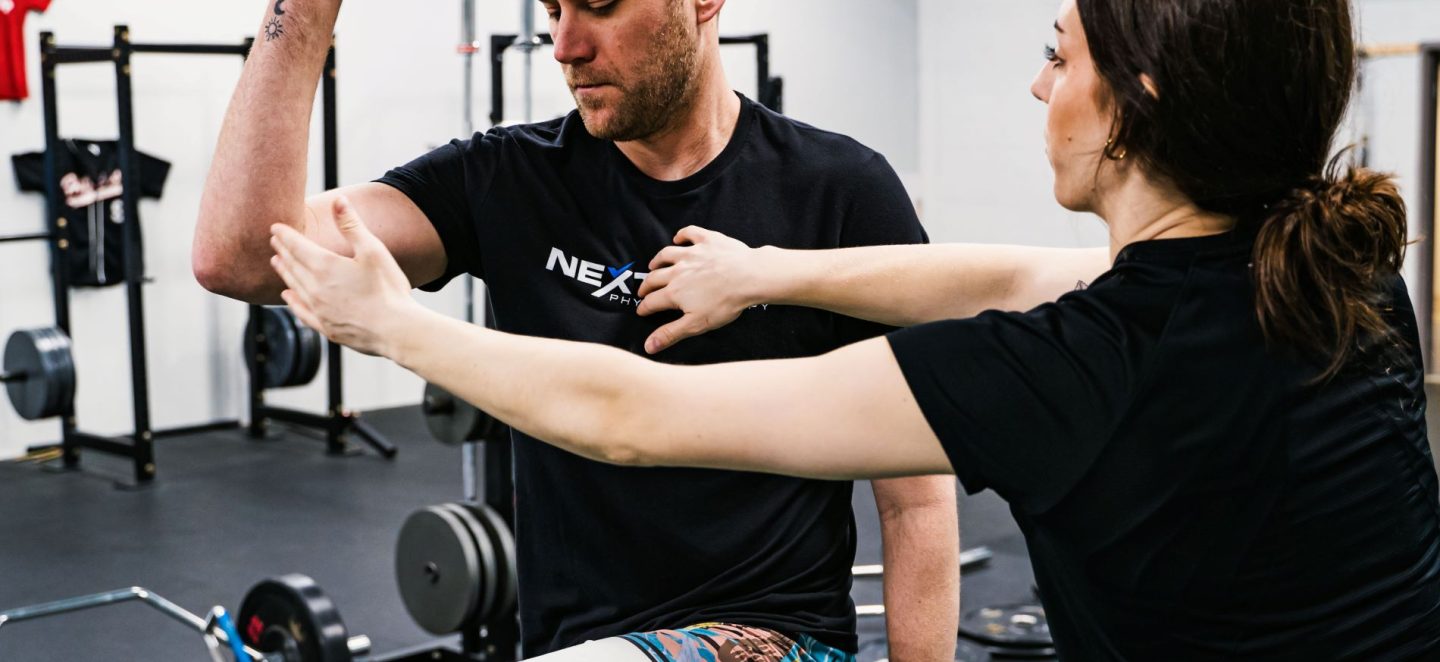
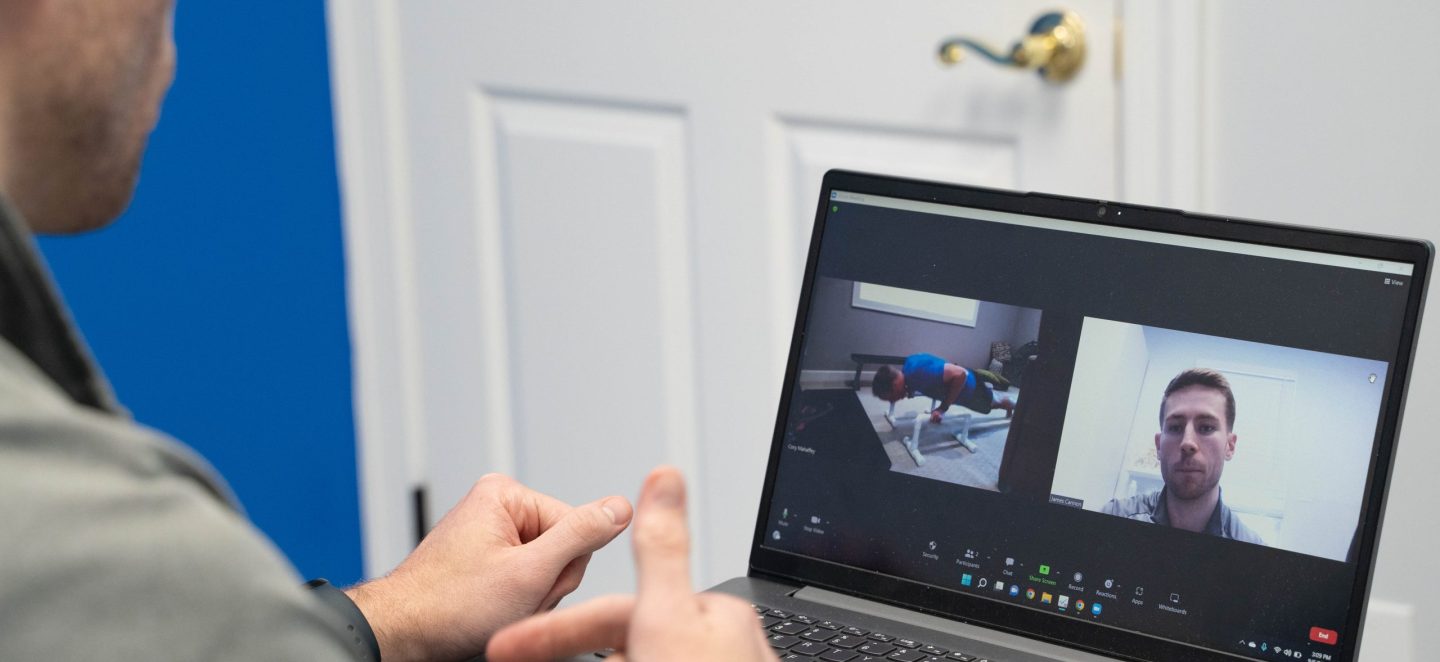
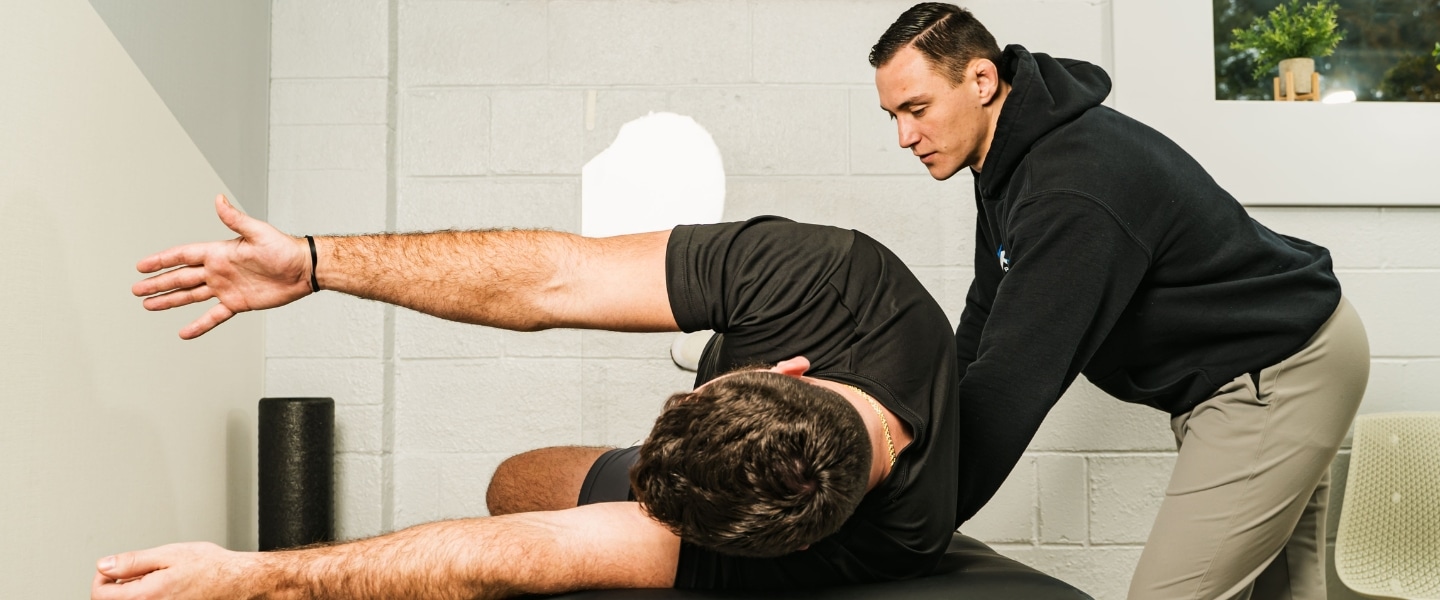

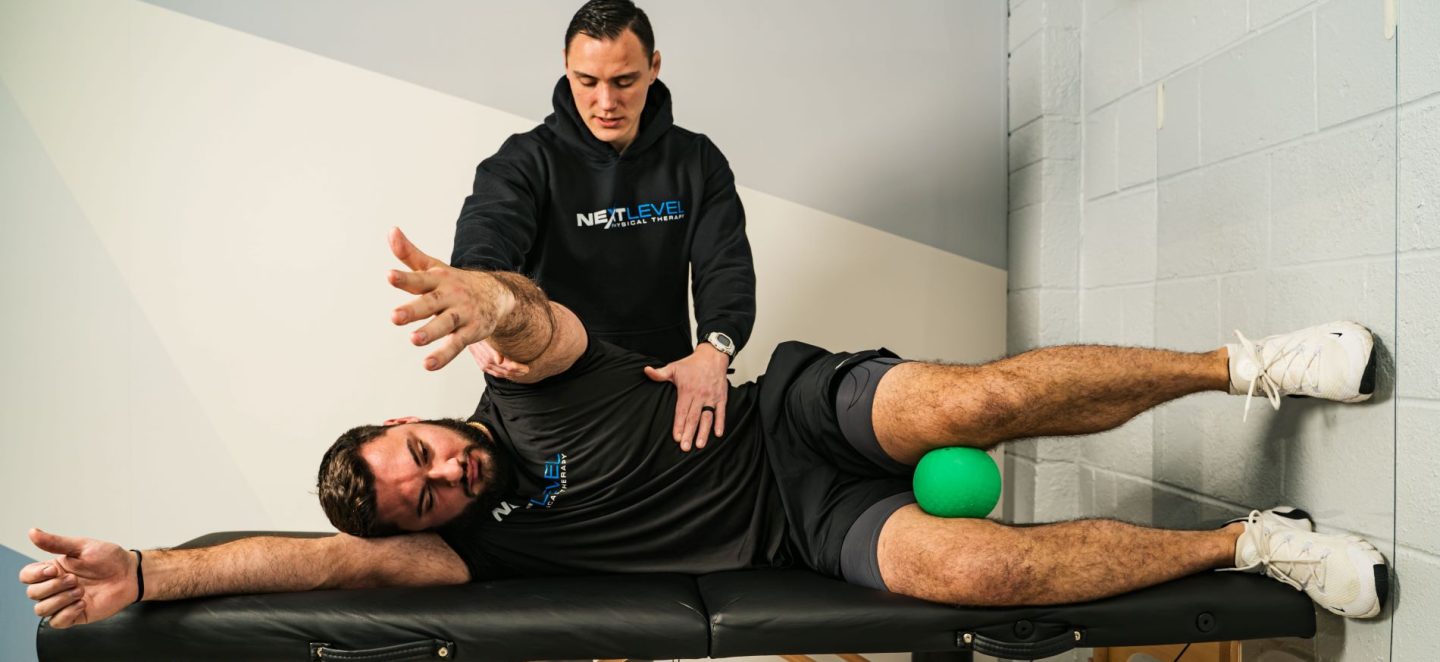
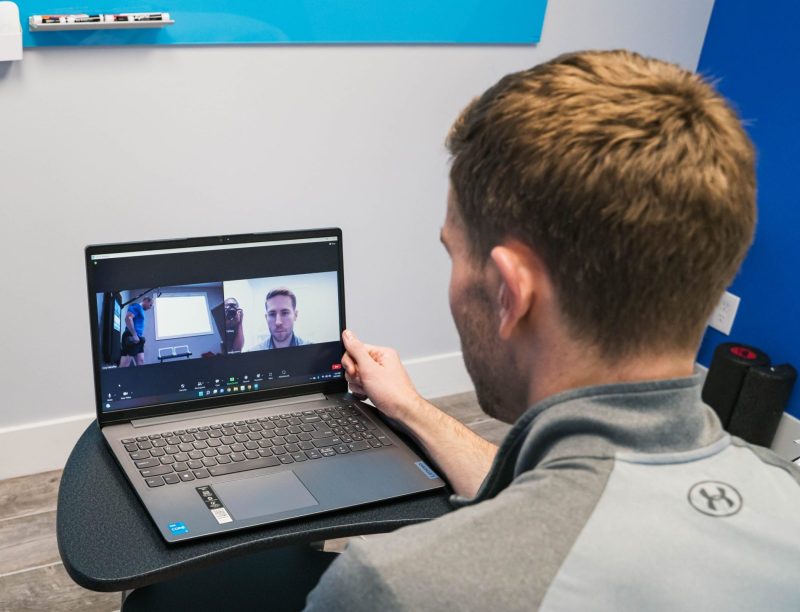
The Next Level Online Program: Innovation Meets Results
This isn’t just another “online consultation” where you chat with a PT and get sent a few generic exercises.
This is the same high-level care we deliver in our clinic, just brought to you wherever you are. How? Because real results don’t come from hands-on treatment alone. They come from deep knowledge and expert analysis.
Fixing pain at its root is about understanding how your body truly works. Movement patterns, posture, core control, breathing, and how it all fits together. A true expert can spot the clues and make sense of the bigger picture.
It might sounds different from anything you’ve tried before…because it is.
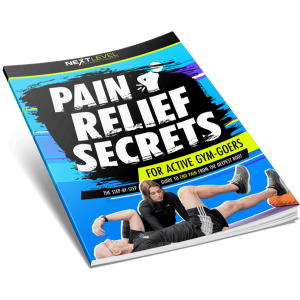
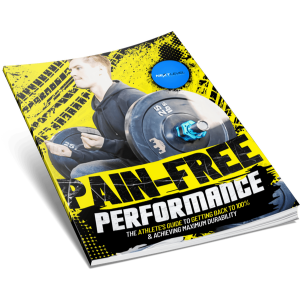
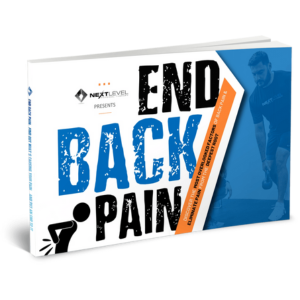
Pain is the result of a weakness in your foundation.
Regardless of location, severity, and age, recovery relies on 4 key foundations.
This is our “4 Pillars of Recovery.”
Failure to address each pillar leads to pain and poor results. Long-term pain relief only happens when each pillar is strengthened at the right time.
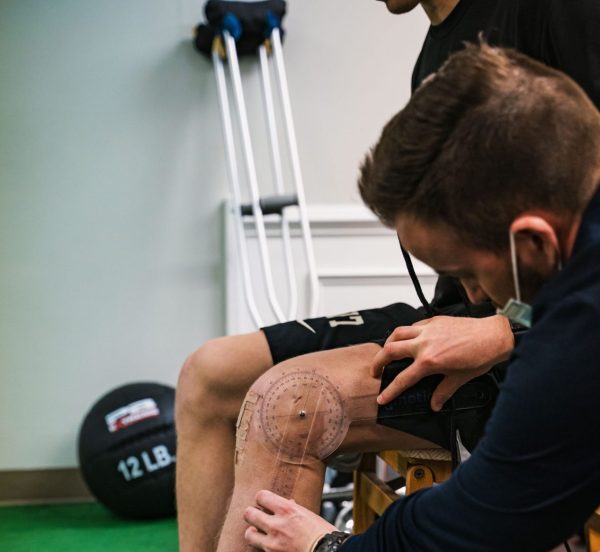
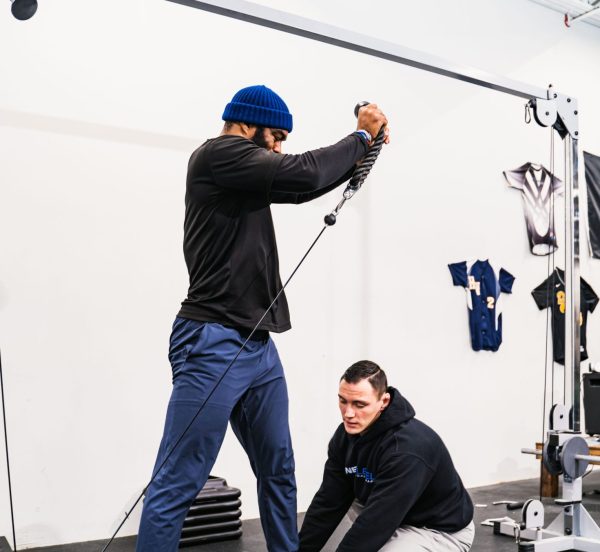
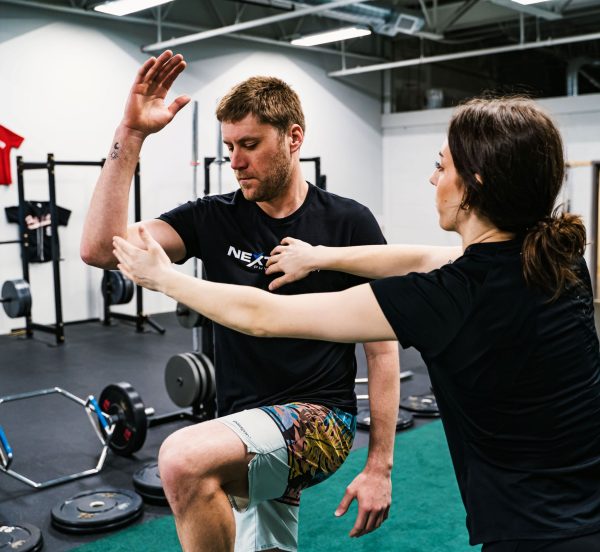

We start with the end in mind so that your treatment has intent and purpose.
We get clear on your goals and what you want to achieve from the start.
We implement our 7 Level System to identify the root cause of your pain and develop a personalized treatment plan that is solely focused on your goals.
The system has transformed lives from professional and Olympic level athletes, to the everyday fitness enthusiast.
It is the perfect bridge that will get you from being limited in pain, to doing what you love again.
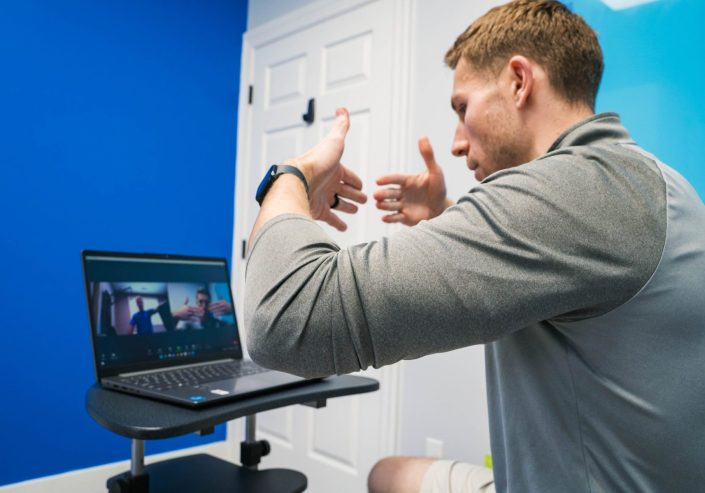

Sound strategy with precise execution results in lasting transformation.
We have tested the most effective treatments and combined the most proven methods.
What we’ve created is a world-class treatment system where you’ll feel a difference at each session, one where you’ll have deep-rooted pain-relief at the end.


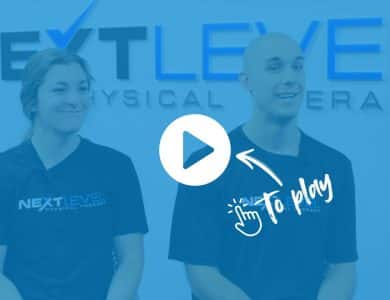

“Being on my feet all day was miserable. At Next Level, they actually walk you through the exercises on the spot and make sure you understand everything. My mood, my energy, everything is better now.”

I was extremely fortunate to find Next Level PT in my quest for better movement, decreased pain and better training. I myself am a sports medicine PT, was a college athlete, have strength trained for many years and have (for the most part) successfully rehabbed my own injuries and surgeries, but for the last several years have been unable to really reverse the trend of tightness in my R shoulder that was reducing my training quality and, honestly, my desire to even train, since I would train and be in pain for 2-3 days after. Sometimes a problem needs a new perspective….
A PT friend of mine happen to send me a link for Next Level and after doing some research and taking advantage of a free phone screen, I signed up and am glad I did! The intake process was very thorough and pertinent, asking not only health but training questions and the most important piece for any patient – what are my goals? I was subsequently matched with Artem and he proved to be an excellent fit!
It’s important to note that I live in Chicago and can fully endorse telemedicine as a viable treatment option. In the hands of an expert clinician such as Artem, this treatment format worked wonderfully!
Artem did an extremely thorough movement assessment to identify the origins of my deficits and systematically built a custom-tailored program that took me from very basic, isolated movement and breathing patterns to much more complex movements. Artem structured and progressed my program in a very collaborative manner, constantly soliciting feedback and adapting to any particular areas where I was struggling. Now that I’ve completed the program I feel empowered with a rock-solid program of corrective and mobility exercises that feed into an overall training regimen that really works and feels good. I feel like I’m finally moving forward, gaining strength and not getting hung up with small nicks that turn into larger injuries down the line.
So as both a PT and a patient, I recommend Artem and everyone at Next Level PT with the utmost confidence. Not only is Next Level a strong group of solid clinicians, but they are a credit to the PT profession as a whole – the type of practice that every PT should aspire to!

I am an (getting back to being) active 47 year old and have had low back pain for 5 years. There was no known cause or injury at the time and I had never had back issues before. For all of those years, my back hurt almost all of the time, to varying degrees, depending upon the day.
I have done yoga for years – sometimes that helped. I ran – that did not help but I didn’t want to give it up. I tried a couple of back pain programs I found online – no luck. I have seen chiropractors (“Sounds like degenerative disk disease? Well, you’re over 40, so ….” Shoulder shrug.), my MD (“Take ibuprofen and Tylenol.” For 40 more years? Ummmm….No. Plus meds only took the edge off.), and a local physical therapist (who really, really tried), all with no relief.
Last spring, at the end of about 6 months of PT, I knew I wasn’t really getting anywhere. I saw a Facebook ad for Next Level PT, and half-heartedly asked for more information. (Seriously? Facebook? Yup.) I talked to Dr Ben on the phone who discussed my issues and previous treatments. He actually screened me to see if I was someone they could help. It was with nothing more than a hope and a prayer that I jumped in to yet another program. But this one was different. Enter Dr Artem into my living room (via laptop).
The program is, and must be, individualized. It involves getting into SPECIFIC positions that are awkward and, oftentimes, difficult at first. And then you breathe. It works. Over time, things shift, exercises advance, and you work on getting stable and then stronger. I couldn’t do some of the exercises at first and many had to be broken down or modified. It was difficult for me to determine if I was doing them properly because my body was so used to being out of alignment and had weak areas. But, always, Dr Artem had a patience, and a plan with clear direction, and encouragement. No lie, it takes time and effort. There have been some not-so-great weeks. There were a couple SOS calls to Dr Artem between appointments for adjustments. It’s not magic. (Except for one foam roller release that resolved over 10 years of worsening side pain within a few sessions. That was beyond.) These guys are knowledgeable and organized. There are videos on each and every prescribed exercise.
I now have had days without ANY pain. Sometimes, I do something new or stupid and I hurt again. BUT, not anywhere to the degree that I used to. Plus, it resolves very quickly now. I stand differently. I move differently. I have a solid base to build the rest of my body on now.
I live in Wisconsin. This PT group is in Pennsylvania. ALL appointments have been via telehealth appointments, in my home, with a minimal amount of equipment. (chairs, doors, tables, walls, pillows or towels, a couple of weights, foam roller, resistance bands) They are remarkably good at telehealth consults and direction/explanations. The cost is very comparable to my out-of-pocket cost for local PT.
I have things I need to do – vacuum the house, mow the lawn, pick up a cat or a kid, sleep all night. I have things I want to do – a full Tough Mudder and hiking Half-Dome in Yosemite. To do the most basic activities of daily living without pain is such a relief. It makes me a much better person with so much more patience and energy, and subsequently, a bigger and more enjoyable life. I mean, that’s the goal, right?
LADIES: This was an unexpected bonus: I don’t pee when I run anymore. The realignment of my pelvis and the strengthening of all of those pelvic muscles (through exercises for my back) have made a tremendous difference. I haven’t completely mastered sneezing with a full bladder yet, but this is pretty fantastic!

This has been truly life changing. I started the online program after having tried all sorts of options in the past – physical therapists, chiropractors, even sports medicine professionals. Within a few short weeks, I was already seeing progress in my range of motion, and now a few months later I feel like a new person. The online program I did was tailored exactly to my needs, and I always felt like they were listening to me when anything new came up. I can’t recommend Next Level highly enough!